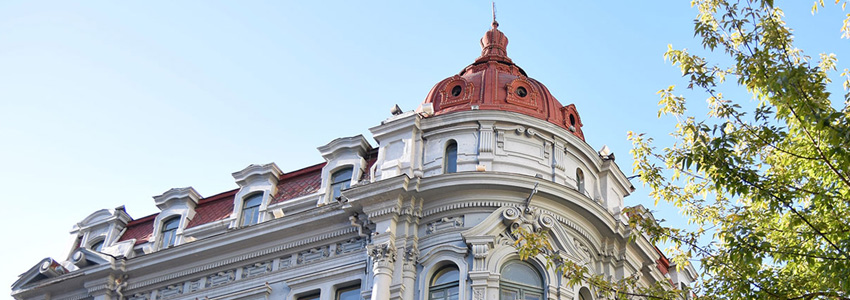

Nestled in the northwestern outskirts of Beijing, the Summer Palace (颐和园, Yíhé Yuán) stands as one of China’s most magnificent imperial gardens. Recognized as a UNESCO World Heritage Site, this sprawling complex harmoniously blends natural landscapes with artificial architecture, offering visitors a glimpse into the artistic vision and cultural grandeur of ancient China.
Constructed in 1750 during the Qing Dynasty, the Summer Palace was initially named the Garden of Clear Ripples (清漪园). It served as a luxurious retreat for emperors to escape Beijing’s summer heat. Tragically, it was destroyed by Anglo-French forces during the Second Opium War (1860) but was later rebuilt in 1886 by Empress Dowager Cixi, who renamed it the "Summer Palace." Today, it symbolizes both the splendor of Chinese garden design and the resilience of its cultural heritage.
The Summer Palace spans 2.9 square kilometers, with Kunming Lake (昆明湖) and Longevity Hill (万寿山) forming its core. Key attractions include:
The Long Corridor (长廊)
Stretching
728 meters along the lake, this covered walkway is adorned with over
14,000 intricate paintings depicting Chinese mythology, historical
tales, and nature scenes. It holds a Guinness World Record as the
longest painted corridor in the world.
Tower of Buddhist Incense (佛香阁)
Perched
atop Longevity Hill, this iconic three-story pavilion offers panoramic
views of the entire garden. It served as a spiritual center for the
imperial family to pray for longevity and prosperity.
Seventeen-Arch Bridge (十七孔桥)
Connecting
the lake’s eastern shore to Nanhu Island, this 150-meter marble bridge
features 544 carved lions, each with a unique expression.
Marble Boat (石舫)
A
striking Western-style stone structure "floating" on the lake,
symbolizing the Qing Dynasty’s (ultimately futile) attempts to
modernize.
The Summer Palace epitomizes traditional Chinese garden design principles:
Balance: Man-made structures blend seamlessly with natural elements like water, hills, and plants.
Symbolism: Every pavilion, bridge, and rock carries philosophical meanings, such as harmony between humans and nature.
Imperial Grandeur: Luxurious decorations, yellow-glazed tiles (reserved for emperors), and dragon motifs reflect the power of China’s rulers.
Best Time to Visit: Spring (April–May) and autumn (September–October) offer mild weather and vibrant scenery.
Must-Do Activities:
Take a boat ride on Kunming Lake.
Watch the sunset from the Tower of Buddhist Incense.
Stroll through Suzhou Street, a replica of a traditional water town.
Did You Know?: The garden’s layout mirrors a “microcosm of China,” with Kunming Lake representing the ocean and Longevity Hill symbolizing mythical mountains.
More than just a garden, the Summer Palace is a living museum of Chinese history, art, and philosophy. Whether admiring its architectural brilliance, decoding its symbolic designs, or simply enjoying its tranquil beauty, visitors leave with a deeper appreciation for China’s imperial past and its enduring cultural legacy.
Plan your visit and step into a world where nature and humanity unite in perfect harmony!
Add:NO.151 Xidazhi Street,Nangang Strict,Harbin,Heilongjiang P.R. China,150001
BINCIA CHINESE COLLEGE

